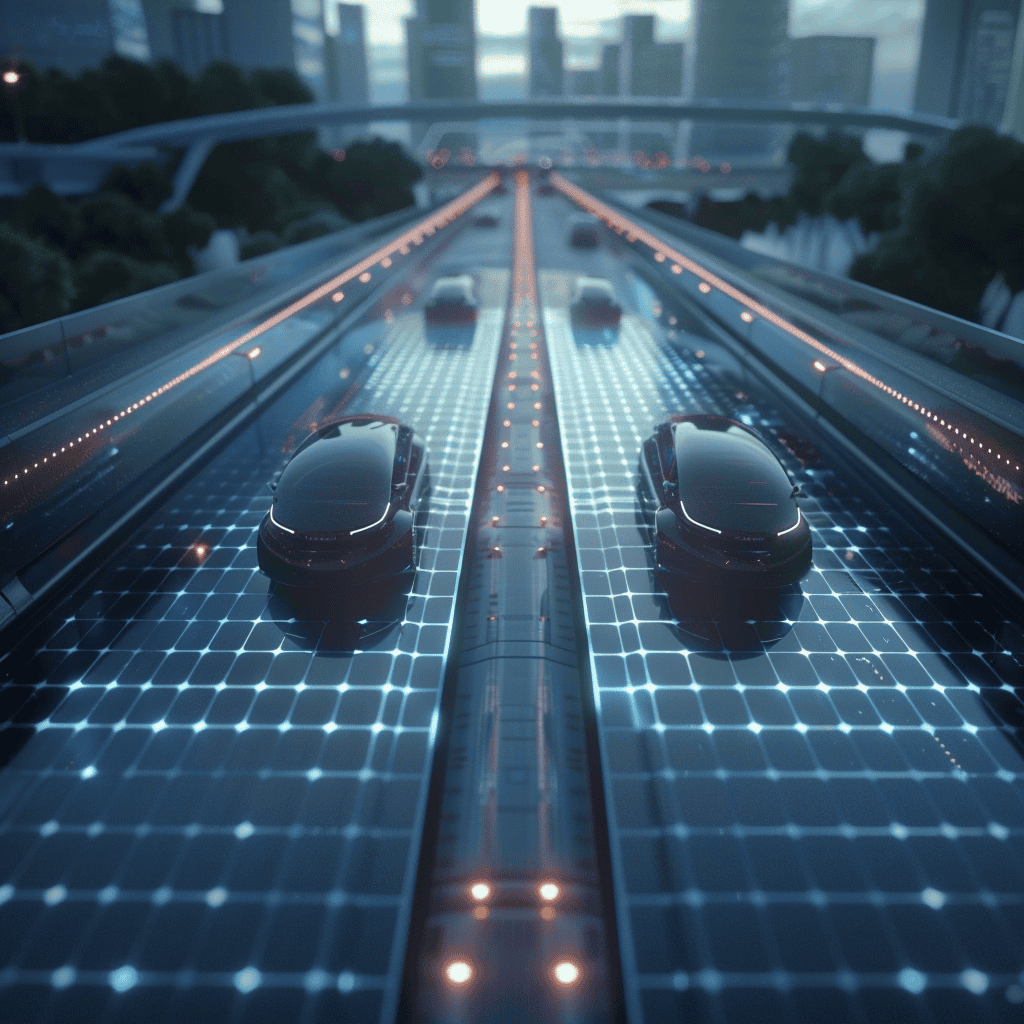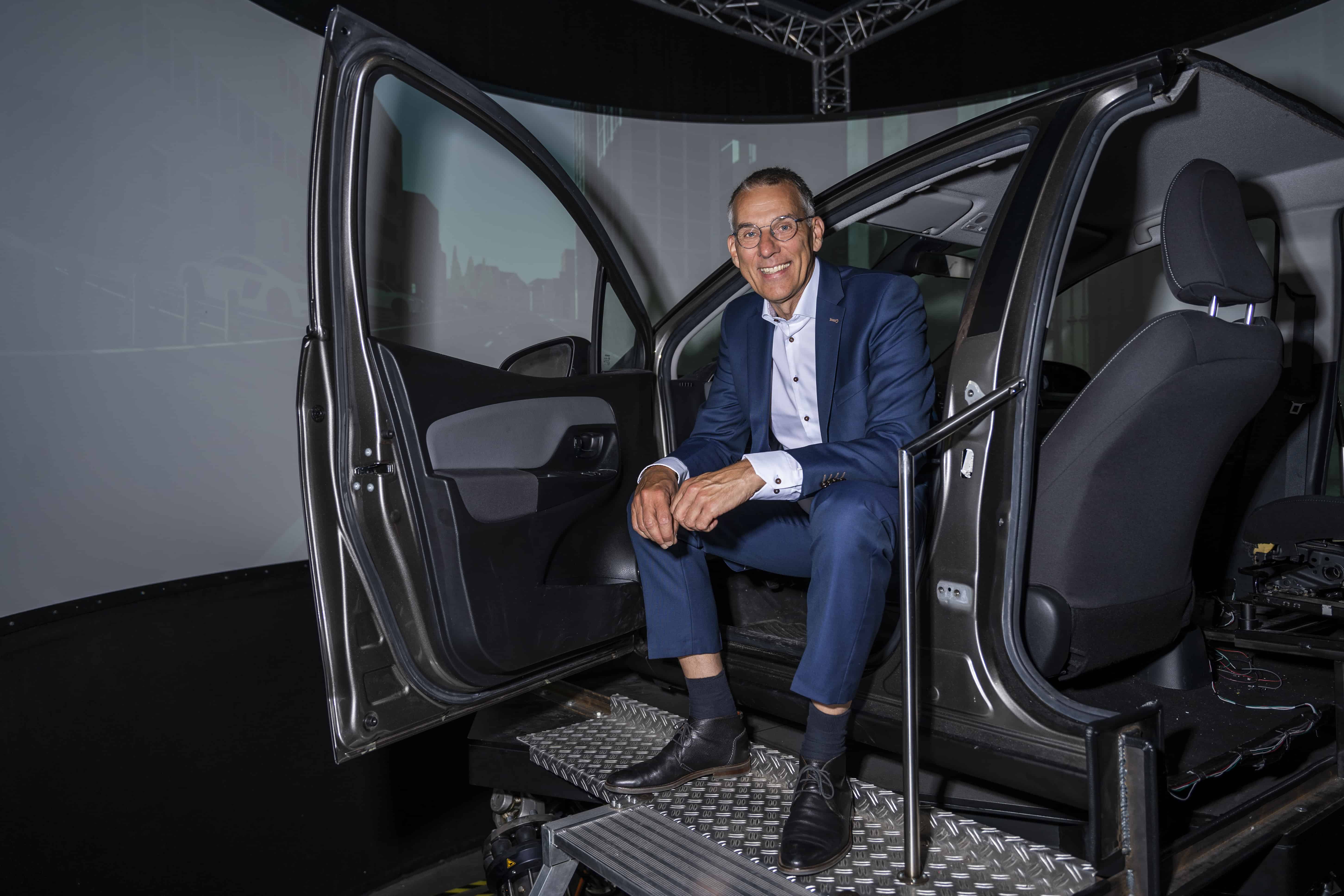
It will probably take some getting used to crawling into a car without a steering wheel. The technology of self-driving cars is advancing rapidly. High time to start thinking about a society where they have taken over our roads.
Why this is important:
Self-driving cars are coming, sooner or later. Better start thinking about how we will organize our country then.
Last week I took my first seat in the driver’s seat of a Tesla. No, unfortunately not mine. I needed a rental car to get from A to B in Berlin. I might as well have taken the subway, but I thought: go crazy. I feasted my eyes. What a lot of technical gadgets! And what silence. I glided along the road without rattling and rustling, as is the case in my own Peugo. Parking with such an expensive car is also a snap thanks to the cameras and bleeps.
Car technology is developing at an unprecedented pace. Over the years, four-wheelers become quieter, safer, and less polluting. The next step: they drive completely autonomously, without human intervention. Their implementation is not without hiccups, but we already have the Tesla Autopilot system, which operates at Level 2. They can operate semi-autonomously, but not yet fully. Currently, Tesla is working toward full autonomy. Developments in AI in the Netherlands will make self-driving cars even smarter in the coming years. For example, TNO recently conducted a test of a self-driving car that uses advanced AI to predict what will happen in a few seconds.
Exactly how long it will be before we are all whizzing around in self-driving cars, no one can say for sure. But they are coming, no question. What would the world be like if … self-driving cars were the norm? If the wheel was taken over from us?
Who is at fault?
Who is responsible if a self-driving car causes a collision: the manufacturer of the car, the developer of the software, or the owner of the car? Once they were unsolvable questions. But we have it all figured out.
With the advent of self-driving technologies, a new and very lucrative career has emerged: that of analysis specialist for self-driving software. In the event of an accident, data from the cars is immediately analyzed to determine whether technical error, human error, or an unforeseen circumstance, such as a deer on the road, was at the root of the accident. A bit like an airplane’s black box.

Radically different road design
The layout of roads has changed dramatically. Traditional road signs and white stripes are gone. They have been replaced by a sophisticated digital system built into cars. And the roads themselves are high-tech to the max. As cars travel the highways, they are automatically charged via inductive charging stations integrated into the road surface.
Vintage road signs
By the way, old-fashioned road signs have found a new vocation. They serve as decorative elements in gardens and as collectibles for vintage enthusiasts. Once worth no more than a tenner, they are now auctioned off for thousands of euros per 30-km sign.

The Speedway from Amsterdam to Groningen
Getting on the road is safer than ever before. Self-driving cars already outperform human drivers by 80%, and in our scenario by as much as 99%. This has led to the construction of the Speedway from Amsterdam to Groningen, where cars can travel at speeds of 300 kilometers per hour. The road goes almost exclusively straight and the road surface is checked extra often for bumps and potholes. It takes some getting used to, skimming past the green meadows.
Solving car sickness
It bothers some more than others, but self-driving cars can cause car sickness. Fortunately, we’ve come up with something for that. The market for car sickness medication has exploded. From prescription pills to homeopathic potions that promise to keep your stomach calm, there is something for everyone. Who would have thought we would spend more time choosing our motion sickness remedy than planning our trip?
Heroic
I wonder how we, once accustomed to self-driving transportation, look back on the era when we courageously got behind the wheel ourselves. An era when we just had to trust that our oncoming vehicle would stay neatly within the white lines and not wander off in thought. But it is also an era I will miss.
Perhaps in the future, driving a car will be considered as heroic as mountain climbing without a rope. I’ll take it!








